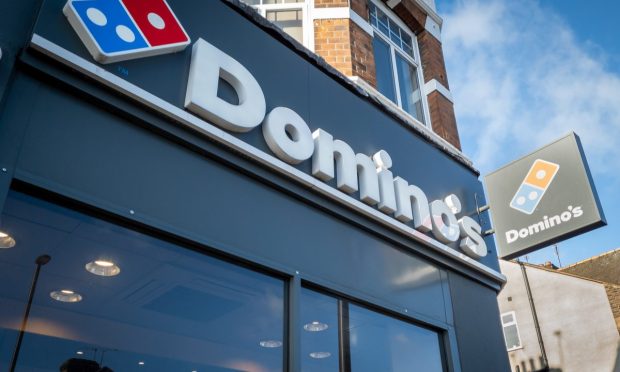Domino’s: Major Pizza Chains Are Thriving, Independents Struggling

It is a good time to be a major multinational pizza chain — not as great a time to be a small, independent pizzeria. Domino’s Pizza, the world’s largest pizza chain (by sales) with 18,000-plus stores in 90 countries, announced Thursday (July 22) that same-store sales grew 3.5 percent during the second quarter of 2021. This marks 41 consecutive quarters of overall same-store sales increases for the chain, and 110 of international increases, amid industry-wide sales growth. Reports show that the global pizza market is growing almost 7 percent each year, and Domino’s sees the bulk of this growth going to the major international players in the space.
“Some of the indications that we have now are that the larger chains are driving most of the growth in the pizza category right now, with independents more flat to down,” Domino’s CEO Ritch Allison said on a call with analysts. “So, best we can tell, [it’s a] growing market with share being gained by the larger chains.”
Sales growth of 3.5 percent may seem modest, but context is key, since sales were being compared to the same period in 2020, when, as consumers adapted to life in quarantine, pizza orders surged, growing Domino’s same-store sales more than 16 percent over 2019 levels. The Q2 2021 growth suggests that, even with many countries’ vaccine rollouts well under way, consumers are ordering even more pizza than the early months of the pandemic.
Looking ahead, the company is looking to drive growth by continuing to guide consumers to its in-store pickup channels, which are far less costly for the company to fulfill than delivery orders. The company announced in late June a guarantee that all carside delivery orders, ones in which a Domino’s employee brings the food to the customer’s car outside the restaurant, will be brought out within two minutes of the customer’s arrival. If the company fails to deliver within this two-minute window, customers will receive a free pizza the next time they order.
This strategy aims not just to develop deeper relationships with existing customers, but also to reach a new base. Allison said that these two-minute deliveries “will remain an important part of our strategy as we continue to evolve the carry out experience not only to enhance the loyalty of our current carry-out customers, but also to reach a new, different, and largely untapped drive-thru-oriented customer going forward.”
He added that the carside option is “a fantastic way to compete against the drive-thru,” because it allows the company to speed and convenience without having to redesign stores to include order pickup windows.
The company does not consider its main competition, when it comes to pizza delivery, to be other large pizza chains. Instead, given the centrality of Domino’s in-house delivery to its business model, the company sees third-party delivery services as its greatest challenger.
“Obviously we still continue to look at the pizza competition, but frankly, the biggest competition over the long-term for us in delivery is that third-party aggregator channel,” Allison said. Still, he maintains that the economics of Domino’s system remains more viable in the long-term. “Having our own delivery drivers running point-to-point back and forth to the store — we continue to believe that’s the most efficient operating model and gets even more efficient as we continue to fortress our markets.”
The fortressing strategy to which he referred describes the company’s focus on adding stores in its existing markets to shrink delivery radii, leading to more efficient order fulfillment placing the chain further ahead of competitors. In the quarter, the company grew its net store count by 238 — 35 net openings in the United States and 203 in international markets.
